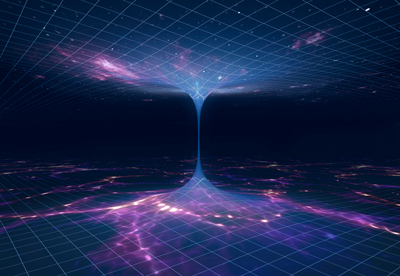
A thin device triggers one of quantum mechanics’ strangest and most useful phenomena. An ultrathin invention could make future computing, sensing and encryption technologies remarkably smaller and more powerful by helping scientists control a strange but useful phenomenon of quantum mechanics, according to new research recently published in the journal Science.
Scientists at Sandia National Laboratories and the Max Planck Institute for the...
Read More









Recent Comments